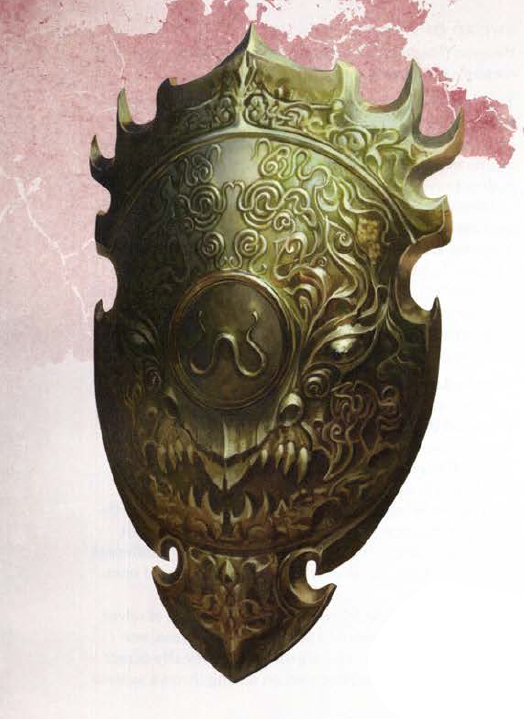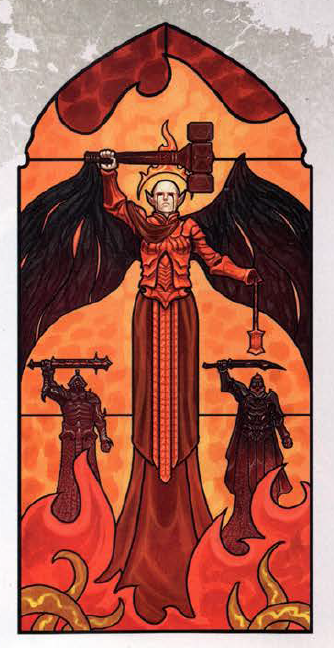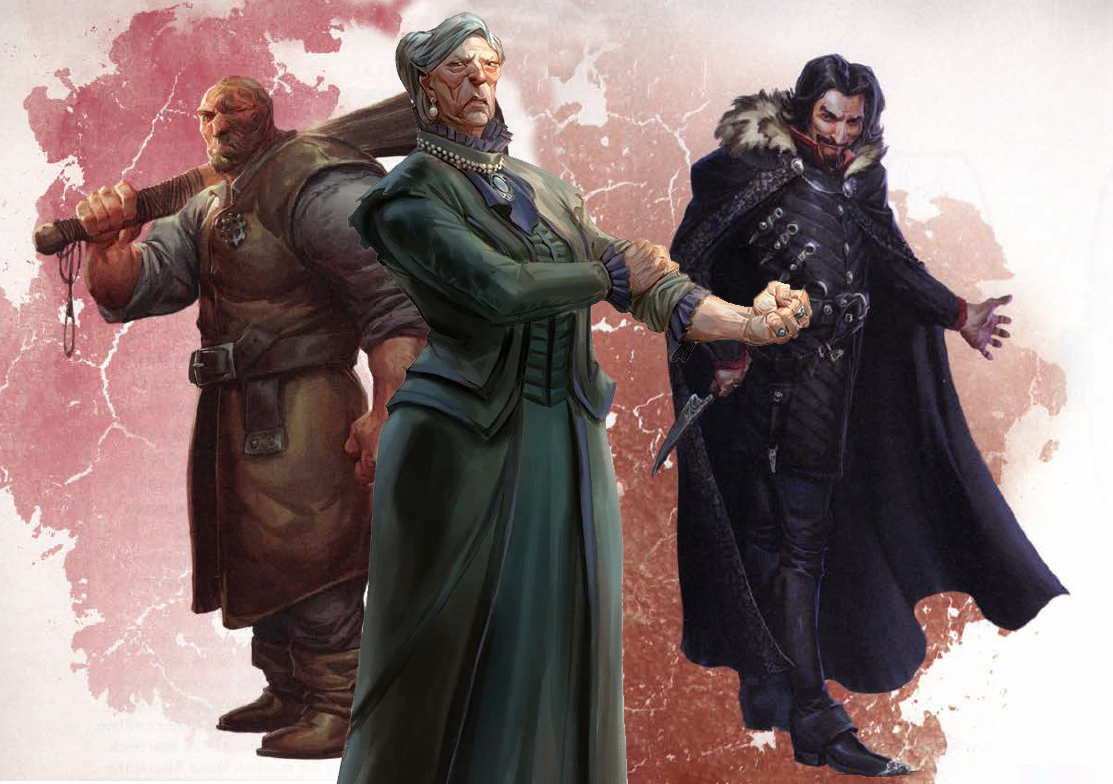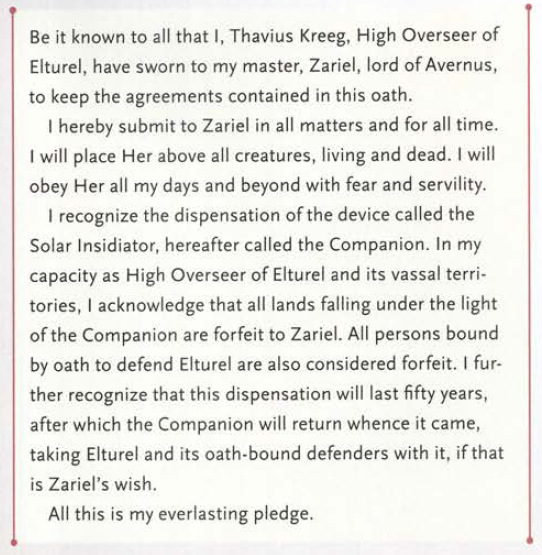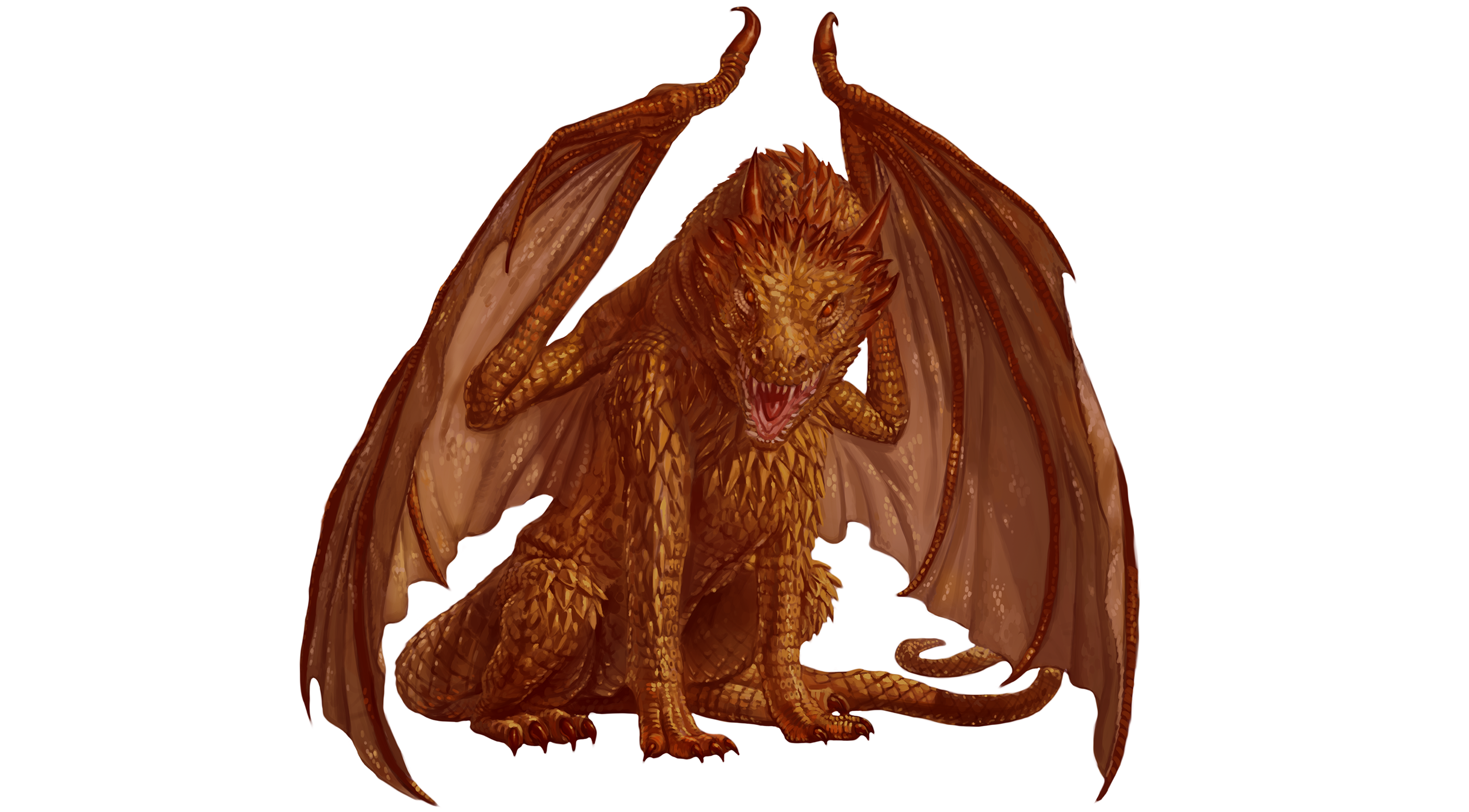
Go to Part 1
INTO THE VAULT
They headed down the long, sloping dwarven hall and emerged back into the shadow-shrouded vault. Edana’s hooded lantern swept back and forth across the immense chamber.
Kora placed the dragon scale atop the bas relief of the bronze sun and cast daylight. The bright light gleamed off the bronze beneath her feet and glittered in the depths of the dwarven runes — as crisp and fine as the day they’d first been crafted — on the adamantine doors.
Theren stepped forward and struck the dragon scale with the mithril hammer.
In that instant, there was a deep, sonorous tone that echoed around them. The doors slid back silently into the walls, revealing a vast chamber beyond. As they stepped up into the doorway, they looked into an even larger chamber — at least a hundred feet long, with a ceiling far above their heads — lit by a silvery, magical light.
Three bridges crossed the chamber above them. These had become worn with age. Stone had collapsed from their spans, and also crumbled from the large support pillars which ran down the center of the chamber to keep them aloft. Despite this damage, they could see that the support pillars had been carved to resemble warhammers with their square heads pressed against the floor.
Down at the far end of the chamber, they could see three tall niches, at least twenty or thirty feet high, which contained chipped frescoes. An equally massive doorway of bronze near these and off to the left appeared to lead out of the chamber.
Before crossing the threshold, Kora cast a ritual which would allow her to detect magical auras and Pashar simultaneously worked a rite which would allow him to more easily translate any inscriptions they found within. The others drunk in the ancient ambience while they waited and then, when the time came, took trepidatious steps forward.
As they approached the frescoes in the far wall, they could see the scenes they depicted more clearly. The first showed the dwarven god Dumathoin placing glowing gems into a range of mountains which appeared to be a primeval representation of the Sword Mountains. The second showed Dumathoin visiting the Illithid god Ilsensine, manifested in its form as a disembodied emerald brain, and bathing with it in the greenish psionic energy of the maze-like Caverns of Thought. And the third showed Dumathoin, Ilsensine (depicted in its form as an Illithid avatar), and Laduguer, the god of the duergar, with hands clasped in a dwarven circle of friendship.
“I don’t understand,” Kora said. “Why would the dwarves depict one of their own gods being in league with the illithid?”
Theren approached the gargantuan door of bronze. Pushing lightly upon it, he discovered that it pivoted easily at its mid-point, rotating into a perpendicular position allowing them to pass to either side of it. The room beyond was only small in comparison to the chamber they had just left. A broad stairway without railing ran up the far wall and then along the wall to the left to an upper level.
“That must go up to the bridges,” Kora surmised.
“I could fly up?” Kittisoth suggested.
“The stairs look sturdy enough,” Kora said, walking towards them.
The wall behind the stairs was covered in another fresco, this one depicting a vast dwarven army battling goblins. As Kora drew near it, she realized the whole fresco was magical. She stepped closer to analyze its enchantments, and then backpedaled: The entire fresco was enchanted to mesmerize anyone looking upon it, drawing them into its ‘glorious’ details.
She quickly explained the problem to the others: The fresco was directly next to the stairs. Anyone walking up it was at risk of studying the fresco for the rest of their lives.
“I’m flying up,” Kittisoth said, and did so.
“Do we need to see it?” Edana asked. “Could we just close our eyes?”
Kora nodded. That would work, and she’d already resisted the effect. The others were quickly blindfolded, and Kora led them up the stairs to where Kittisoth was waiting.
The upper hall, with three archways that did, in fact, lead to the bridges, had a series of pillars running down its length that, like the larger pillars below, had been carved in the likeness of warhammers. The wall opposite the archways bore a cracked mosaic depicting a dwarf smith at a forge, crafting dwarves out of black metal and diamonds. (Kora detected no magic emanating from this mural, but did recognize the figure as Moradin, creator god of the dwarves.)
Looking out at the bridges, they could see that two of them, although damaged, still appeared to be passable, but the third was missing a section in its middle. All three bridges ended in seemingly identical adamantine doors, smaller in scale, but similar to the larger one below.
After a brief discussion, they decided that crossing the broken bridge actually made the most sense. “Because it makes the least sense, if that makes sense,” Kora said.
“Makes sense to me!” Kittisoth said, and flew them across one by one.
Edana discovered that the door had been magically locked, but Kora was able to dispel it. The door swung open, revealing a modest chamber (only roughly the size of the Trollskull common room!). Four suits of rusted dwarven plate stood in the corners of the room, draped in cobwebs. The floor was a mosaic in a dwarven abstract style that was no longer very popular, arranged around a circular motif in the center of the floor. Carved into the far wall, in dwarven characters which Pashar (with magical aid) could read, was an inscription: A secret never told will part Dumathoin’s lips.
Pashar pulled out his notes and read aloud one of the banal, graffitied secrets he had copied form the long hall.
Nothing happened.
“I don’t think it’s a secret any more because it was written on the wall,” Kora said.
“All right,” Pashar said. Then he took a deep breath. “I… I didn’t really do something good. I stole this crystal from my master’s collection and released a djinn. That’s the real reason he erased my name from the Book of Fate.”
The others stood in a stunned silence which allowed them to clearly hear the faint puff of air as the motif in the center of the floor began to rotate up into the room.
“I can’t believe it,” Kitti murmured.
The motif revealed itself to be a hollow pillar which recessed into the ceiling above, allowing access to a staircase leading down.
“This is why you follow the letter of the law so carefully now?” Edana said blithely to Pashar.
“Well, I… We have a treasure to find!” he declared.
“Uh-uh. No!” Kittisoth said, following him down the stairs. “I have more questions for you!”
The circular stairs bottomed out onto a large landing leading to another set of broad stairs. At the bottom of these they could see a glinting, glittering light, almost like sunlight reflecting off a pond at dawn. At the bottom of the stairs was a vaulted antechamber, and a twenty-foot-wide doorway opened into another vast chamber beyond.
There were four more of the titanic, hammer-headed pillars here, defining a central area within the wider chamber, and leaving a kind of walkway around its perimeter. In the space between these pillars was a pile… a mound… a mountain of gold. A hoard of coins eight or ten feet high, spilling down into a haphazard carpet that covered the floor.
So abruptly confronted with the treasure, they were hesitant to enter the chamber. Edana instead reached out with a mage hand and telekinetically pulled one of the coins to herself.
It was a Waterdhavian dragon. Bright, shiny, and new. It was definitely Neverember’s Enigma.
“Hello?” Kora called. Theren echoed her in Draconic and Deep Speech.
Kittisoth walked forward, slightly dazed. The others also took a few steps forward, as if drawn in her wake. Then, with a pulse of her wings, Kittisoth took to the air, as if the earth could not contain the enthusiasm bursting within her.
And then they heard the shifting of some titanic bulk.
The dragon uncoiled from behind his hoard of gold.
THE DRAGON
The red dragon’s head curled up. One heavy foot crashed down atop the pile, unleashing a cascade of coins. Its tail began whipping back and forth.
Kittisoth screamed. Kora cursed, and then cried out, “STOP! We have a legal claim to the gold!”
“Oh no,” Edana said, “I don’t think dragons—”
“MY GOLD?!” The dragon’s voice boomed.
“We can’t cluster!” Pashar shouted. “Split up!”
Edana broke left. Theren simultaneously broke right, racing around the perimeter of the room while pestering the beast with arrows from both sides. Unfortunately, their shots simply ricocheted off its thick scales.
The dragon took to the air, beating its wings. The wind from those monstrous pinions actually blasted Kittisoth back against the wall. As she, knocked slightly senseless, slid to the floor, Pashar, who had also been knocked off his feet, scrabbled across the floor and fetched up behind the thick stone of the doorframe.
He was just in time. The dragon’s chest drew in air like a bellows, and then its fire spewed out. Kittisoth reacted quickly, pulsing her own wings in order to sort of half fly, half leap across the floor, scooping up Kora in one arm as she dived behind the other side of the door. Both of them were still badly scorched as the flames washed around and past them, but they managed to avoid the worst of it.
“IT IS MY GOLD NOW!” the dragon roared. “MINE! NEVEREMBER WILL NEVER TAKE IT BACK FROM ME!”
The dragon dived to one side, looping through the pillars and circling in behind Theren, who cut between another pair of pillars and ran fleetly up the pile of gold. Theren kept up a steady volley of arrow fire the entire time and a few managed to find chinks in the dragon’s armor.
It roared again, this time in pain, and swooped up in a high arc in order to follow Theren through the pillars. Pashar, however, had been waiting for this moment: As the dragon reached the highest point of its flight, he cast a paralyzing enchantment.
The dragon froze in midflight and plummeted from the sky, barreling down straight towards where Theren stood. Theren leapt over the top of the pile, sliding down the far side of it with gold coins scattering around his feet. The dragon plowed into the mountain of gold behind him, sending a huge avalanche of glittering coins cascading down and around Theren as he landed at the bottom of the pile.
Kittisoth swept past him, flying down the length of the dragon and hacking left and right with her greataxe, her mighty thews punching through its scales and laying bare the muscle beneath the ghastly wounds.
In her wake, Theren spun around and lowered his bow. The flame sacs to either side of the dragon’s neck bulged, glowing with a pure, white hot rage… but it could not move while Pashar’s spell laid upon it. Not even to breathe.
Theren shot it in the eye. Drew again. Shot it through the other eye. His arrow lodged deep in the creature’s skull.
With a final, shuddering breath, it was done.
The dragon was dead.
AFTERMATH
“That is a lot of gold,” Edana said.
Theren had set to work preserving the corpse. (“Dragon steaks at Trollskull!”) Kittisoth claimed one of its scales as a memento.
Discussion fell to logistics. How were they going to get all of this gold out? And, once they got it out, what should they do with it? They’d promised Vajra that it would be returned to the city and the citizens of Waterdeep from whom it had been stolen. But now that they were actually faced with the physical reality of all that gold, it suddenly didn’t seem that simple.
“Do we let Jarlaxle take any of the credit for this?” Edana asked. “As a way of—”
“—of getting him off our back?” Kittisoth finished.
“Yes,” Edana said. “There’s the kid. And the Stone. And all of that. But to cut to the heart of it, what he wants is to be publicly recognized as having helped Waterdeep. He wants the political leverage.”
Theren nodded. “I think we can speak honestly on Jarlaxle’s behalf and say that he’s been of help to us.”
“But he took a kid,” Pashar said. “A kid.”
“I know,” Theren said quietly.
“And this might be the best way to recover the kid,” Edana pointed out. “Or, if he knows that the game is done and he gets nothing, does he care about any of this — any of us — any more?”
“No,” Kitti said. “He kills everyone and then he comes for us.”
“Or he might say, ‘Well played,’” Theren suggested.
“I think we should give him credit,” Kora said. “He’s worked with us in good faith. I don’t forgive him for taking the kid, but that’s also why we should broker the deal and get it done. All he wants is the Lords’ Alliance. He just wants a seat at the table.”
“Which, in all fairness, maybe he should have,” Pashar said.
“Having a neighbor that’s constantly in conflict with you isn’t great for business,” Edana said. “As we well know.”
“But is Vajra really going to be all right with this?” Theren asked.
“Does it matter?” Kittisoth snapped.
“We’re talking about negotiating a seat in the Lords’ Alliance,” Theren said. “Is she going to be all right trading that for gold? Even if it’s a lot of gold?”
“Look,” Kittisoth said. “They don’t have to. Just because Jarlaxle gets credit for this, they can still do whatever they want. If they don’t want to accept him as members of their council, bullshit, whatever… That’s on them. If we broker the deal — if we give him credit — it’s not our decision to make him a Lord Whatever.”
The others nodded.
“I think we’re agreed,” Kora said.
Go to Epilogue
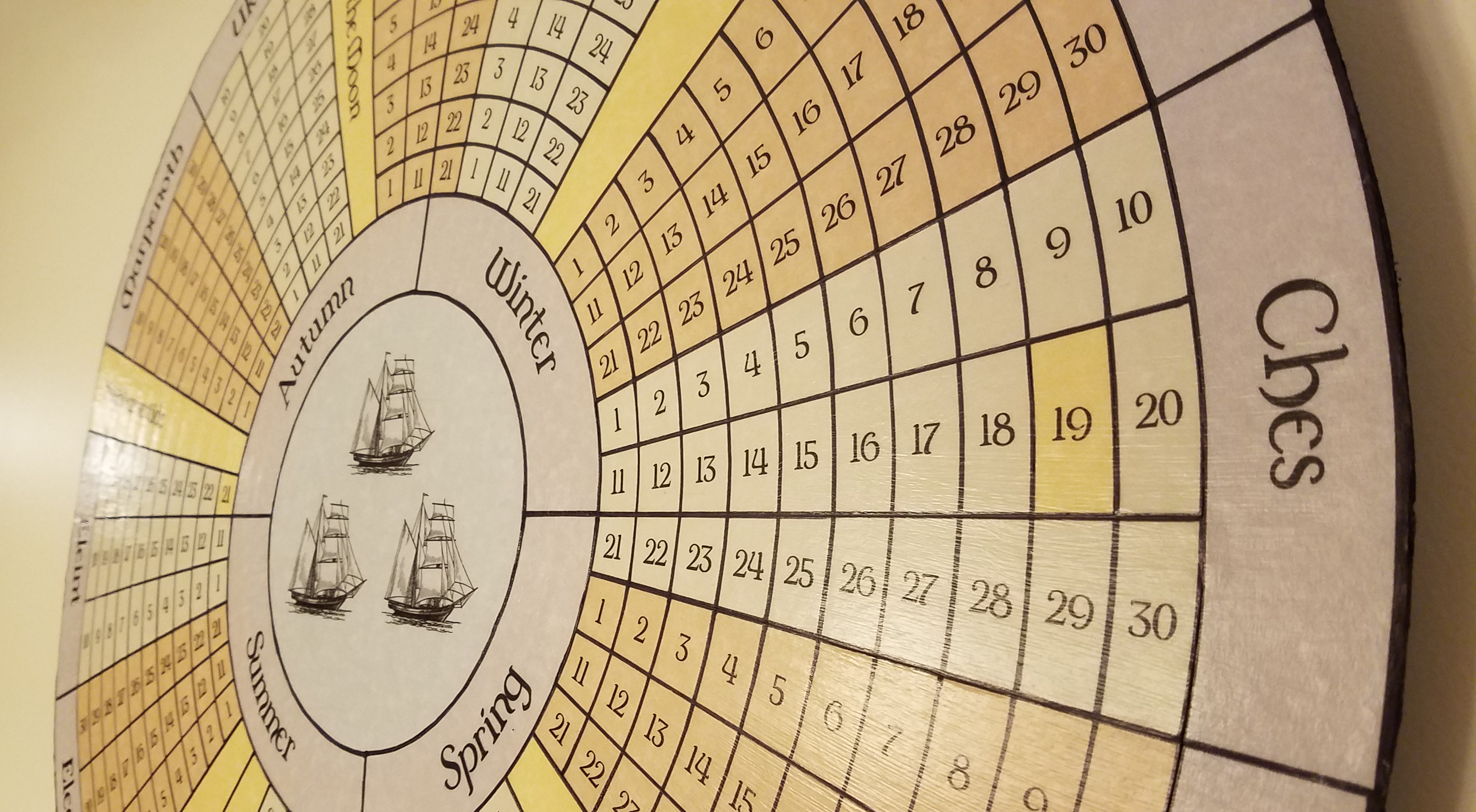

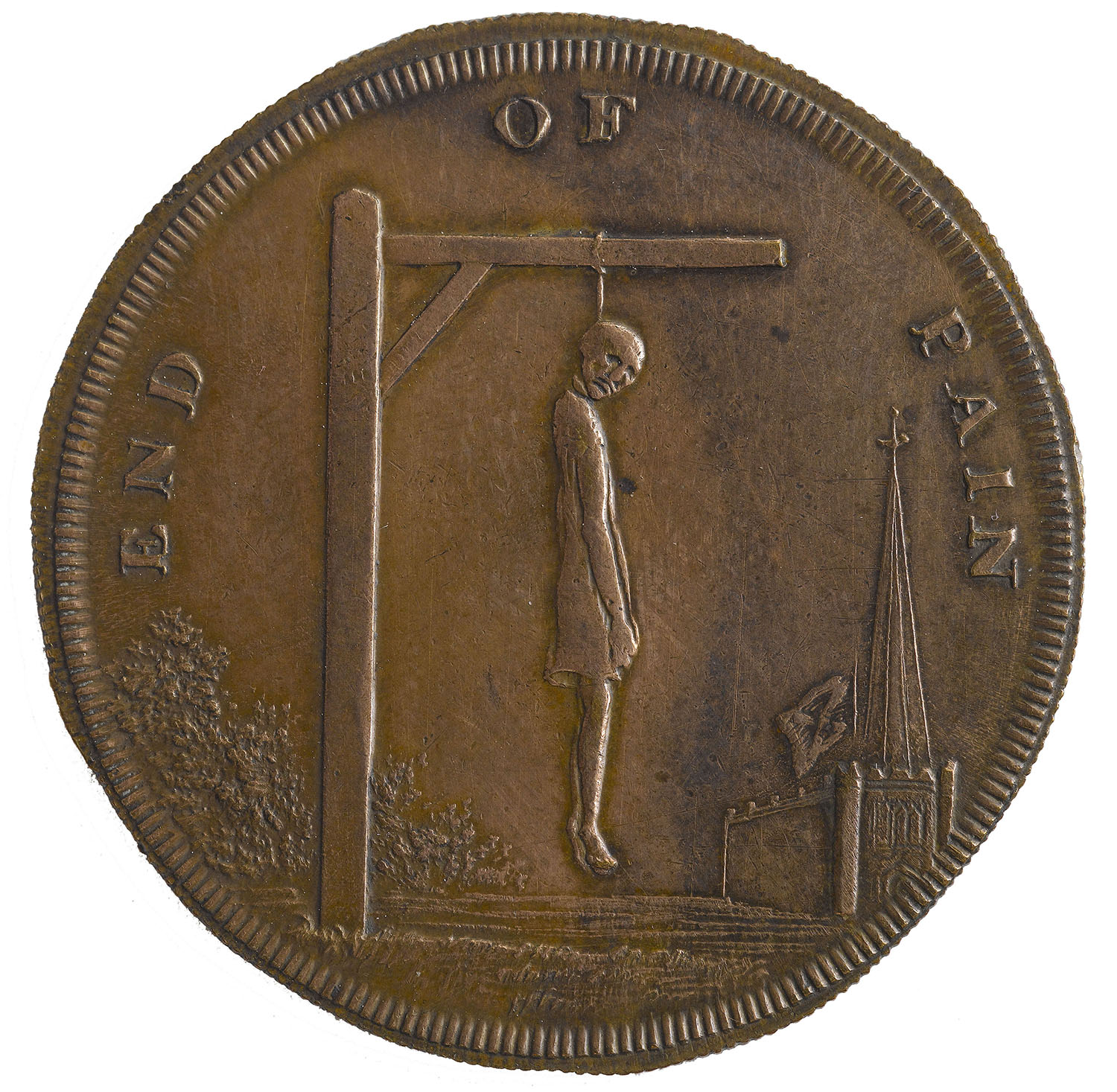 This led to the gallows scaffold itself becoming a sign of freedom and independence. Communities, wanting to celebrate these liberties, would place the gallows in a prominent place where it could be widely viewed. This often meant the top of a hill. Thus the Puig de lees Forques (Hill of the Gallows) or the Tossal del Penjat (Hill of the Hanged Man).
This led to the gallows scaffold itself becoming a sign of freedom and independence. Communities, wanting to celebrate these liberties, would place the gallows in a prominent place where it could be widely viewed. This often meant the top of a hill. Thus the Puig de lees Forques (Hill of the Gallows) or the Tossal del Penjat (Hill of the Hanged Man).
